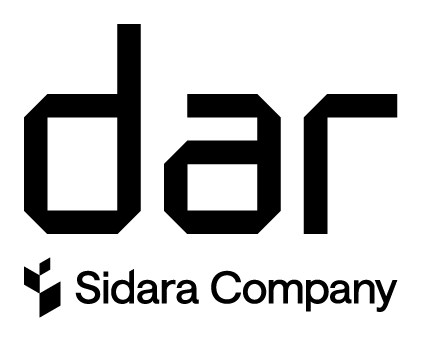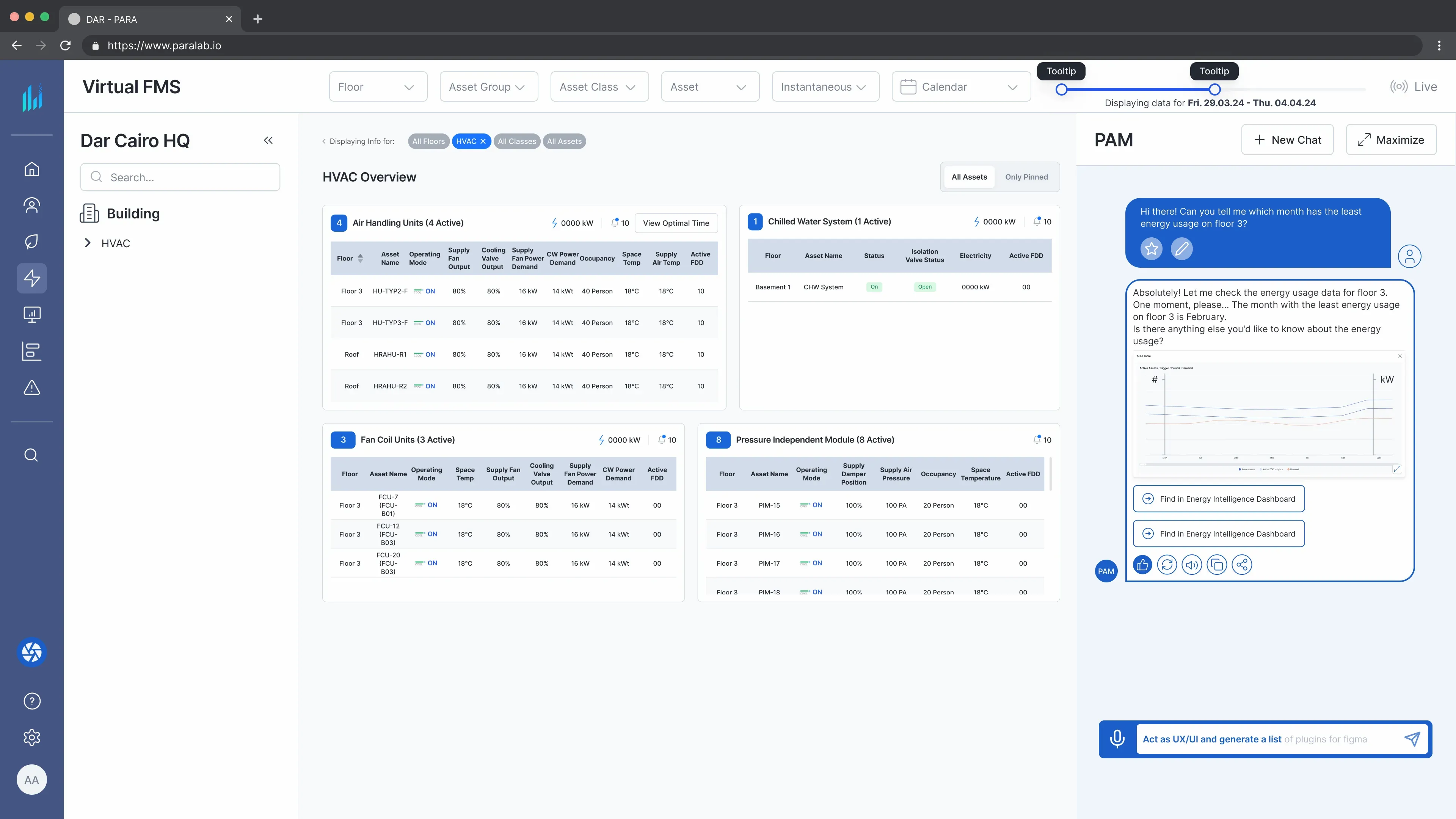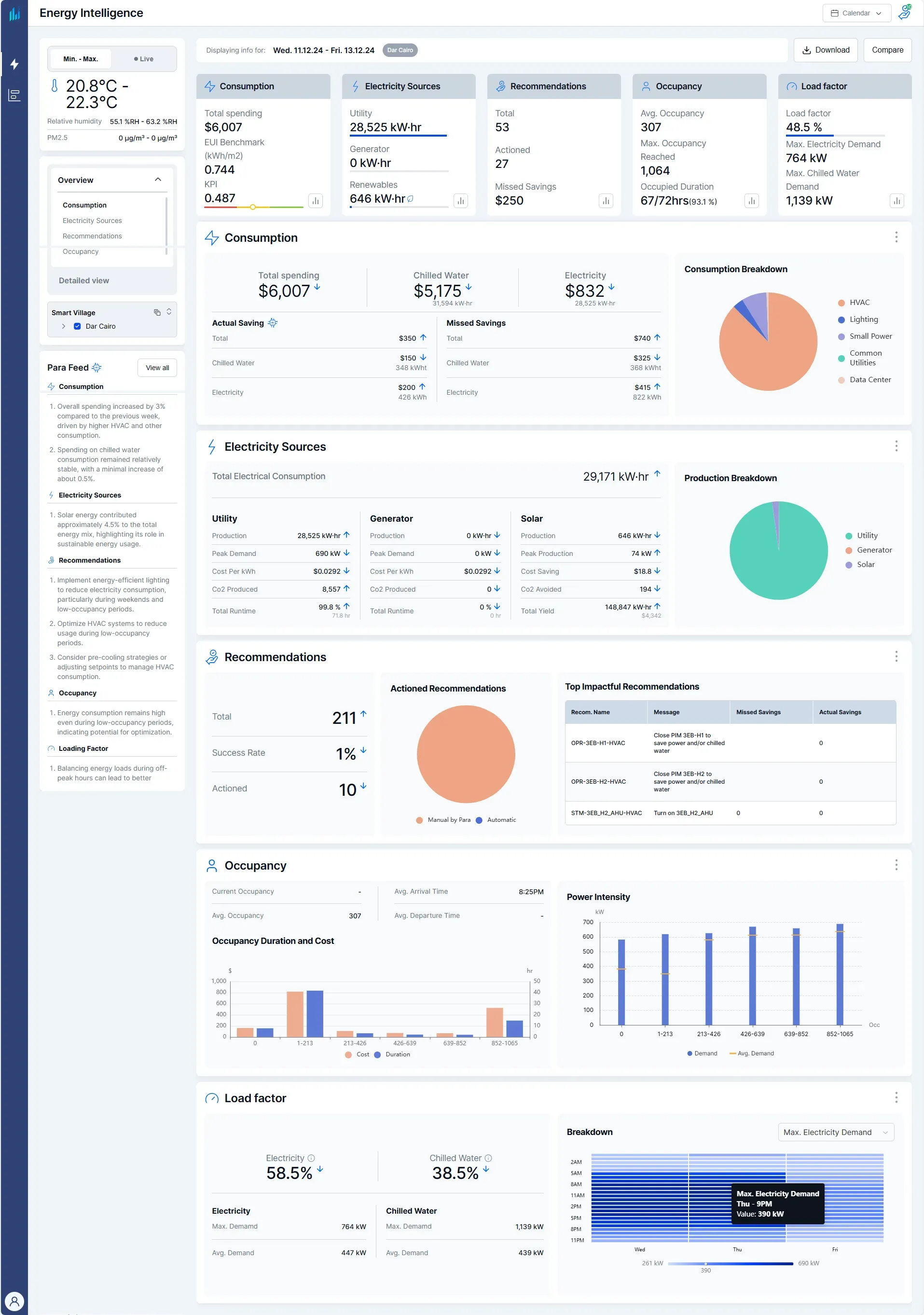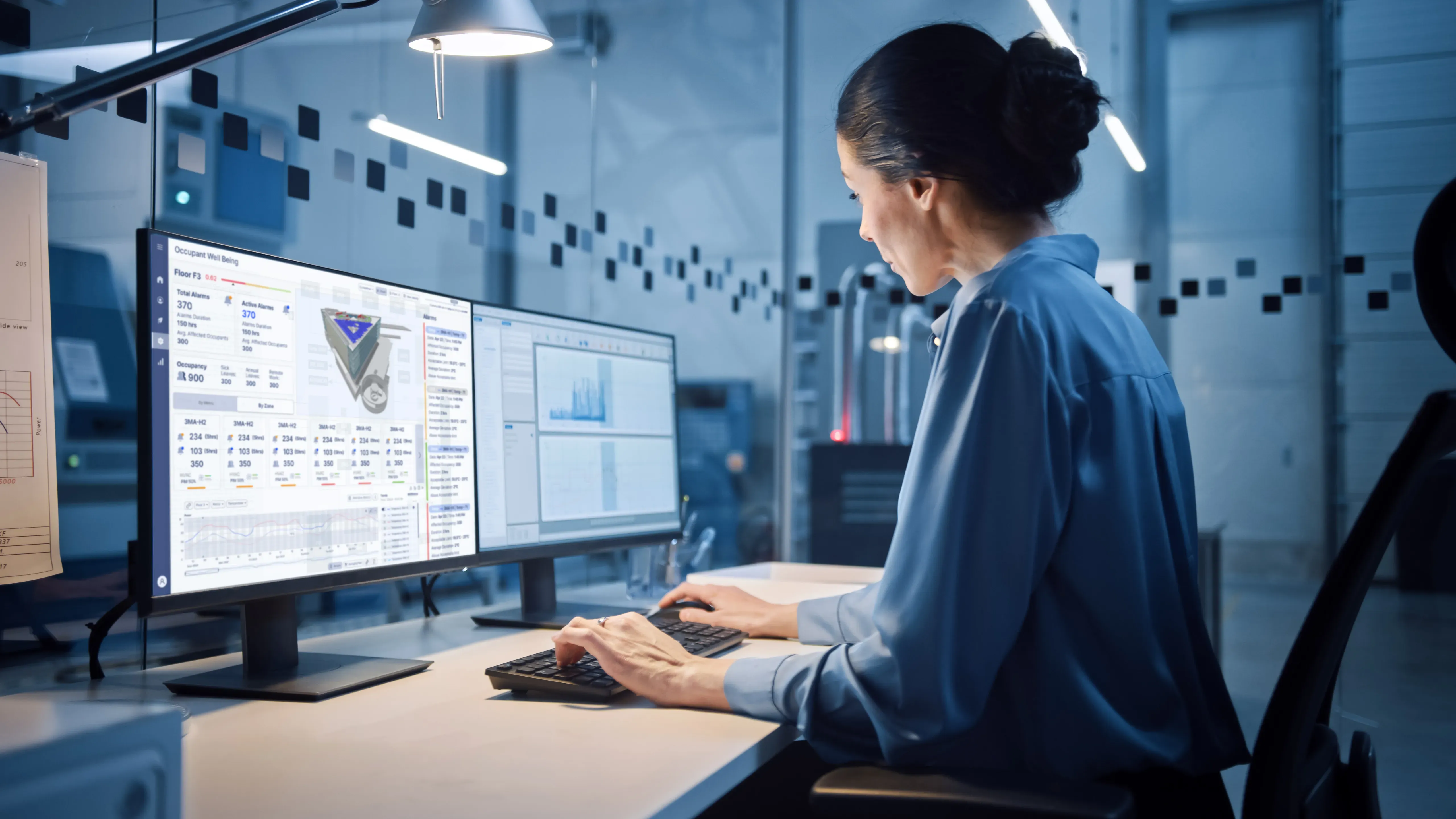The way office buildings, in particular, consume energy has long been a critical challenge in facility management, despite clear opportunities for energy-use optimization:
-
Though the lingering impacts of COVID-19 have accelerated the shift to flexible work models, many office buildings continue to consume nearly the same amount of energy despite significantly reduced occupancy.
-
Within office buildings, nighttime energy consumption often remains disproportionately high, revealing further opportunities for optimization.
Still, facility managers and building operators face significant obstacles to capitalising on these challenges:
-
Outdated static energy consumption schedules: Buildings often struggle with energy optimization due to outdated static schedules, leading to wasteful consumption patterns. The key to solving this problem lies in continuously aligning energy use with actual occupancy and operational demands.
-
Lack of real-time visibility on occupancy data: Building Management Systems (BMS) typically provide data on various mechanical building services, but they often lack real-time information on occupancy patterns within the building spaces. This limitation hinders the ability to dynamically adjust energy consumption based on actual usage, leading to inefficiencies and unnecessary energy waste.
-
Difficulties of integrating data from various siloed systems: While buildings generate vast amounts of data through IoT sensors, building management systems (BMS), and other digital tools, the true challenge lies in analyzing this data and extracting meaningful insights to drive efficiency improvements. Many systems operate independently, with minimal interoperability and constrained data exchange, creating barriers to seamless data flow. This lack of integration makes it difficult to gain a holistic view of energy consumption patterns, contextualize energy usage in relation to occupancy and operational demands, and identify opportunities for optimization. Overcoming these silos requires robust integration frameworks and effective communication systems to enable cohesive data exchange and operational synergy.
PARA OS was designed to address all these challenges, through its patent-pending Energy Intelligence engine, which integrates real-time occupancy data, virtual metering, and AI-driven energy optimization. By leveraging insights from multiple data sources, PARA OS computes real-time energy targets and identifies performance gaps, ensuring energy consumption aligns with actual usage.
Energy Intelligence: A New Era of Smart Energy Management
PARA OS was initially designed with a core focus on real-time energy intelligence: monitoring energy consumption at the building and floor levels of Dar’s Cairo headquarters, offering transparency into power and thermal energy use. However, it quickly became clear that a deeper level of insight was required to drive real change. PARA OS introduced virtual metering, a breakthrough that enables precise calculation of energy consumption at the space and room levels using mathematical models and building physics principles. This innovation eliminates the need for additional hardware, allowing facility managers to gain granular visibility into energy distribution.
With a clear understanding of energy use patterns, PARA OS evolved to compute real-time energy targets dynamically. By integrating real-time occupancy data from people counters, lighting control systems, and room reservation systems, PARA OS ensures that energy consumption is directly correlated to space utilization. This shift from static energy allocation to a fully adaptive optimization process marked a significant transformation in building energy management.
One of the most critical challenges was addressing performance gaps—the difference between actual energy consumption and the optimized targets derived from real-time occupancy. PARA OS continuously analyzes these discrepancies, delivering actionable recommendations such as adjusting temperature setpoints, selectively deactivating HVAC zones, and fine-tuning lighting levels. Beyond recommendations, PARA OS autonomously optimizes building systems, ensuring energy is used only where and when it is truly needed.
These insights or prescriptive actions are translated into energy savings (missed or actual), and these savings are then monetized. Missed savings represent the opportunities to save energy that were not realized, serving as a key incentive for operators to take prompt action on recommendations and unlock potential efficiency gains. Actual savings, on the other hand, reflect the energy reductions achieved based on how the building would have otherwise operated according to its sequence of operation or historical patterns.
The algorithm behind the calculation of missed and actual savings is both sophisticated and precise. For instance, based on occupancy patterns, the system first computes the target airflow and corresponding energy consumption for an Air Handling Unit (AHU) serving a specific space. If the actual consumption exceeds this target, a recommendation is issued to prompt corrective action.
If no action is taken, the missed savings for the AHU are quantified as the difference between its actual consumption and the target consumption. Conversely, if action is taken, the actual savings are measured as the difference between the AHU’s simulated consumption—an AI-driven prediction of what the consumption would have been without intervention—and its actual consumption.







